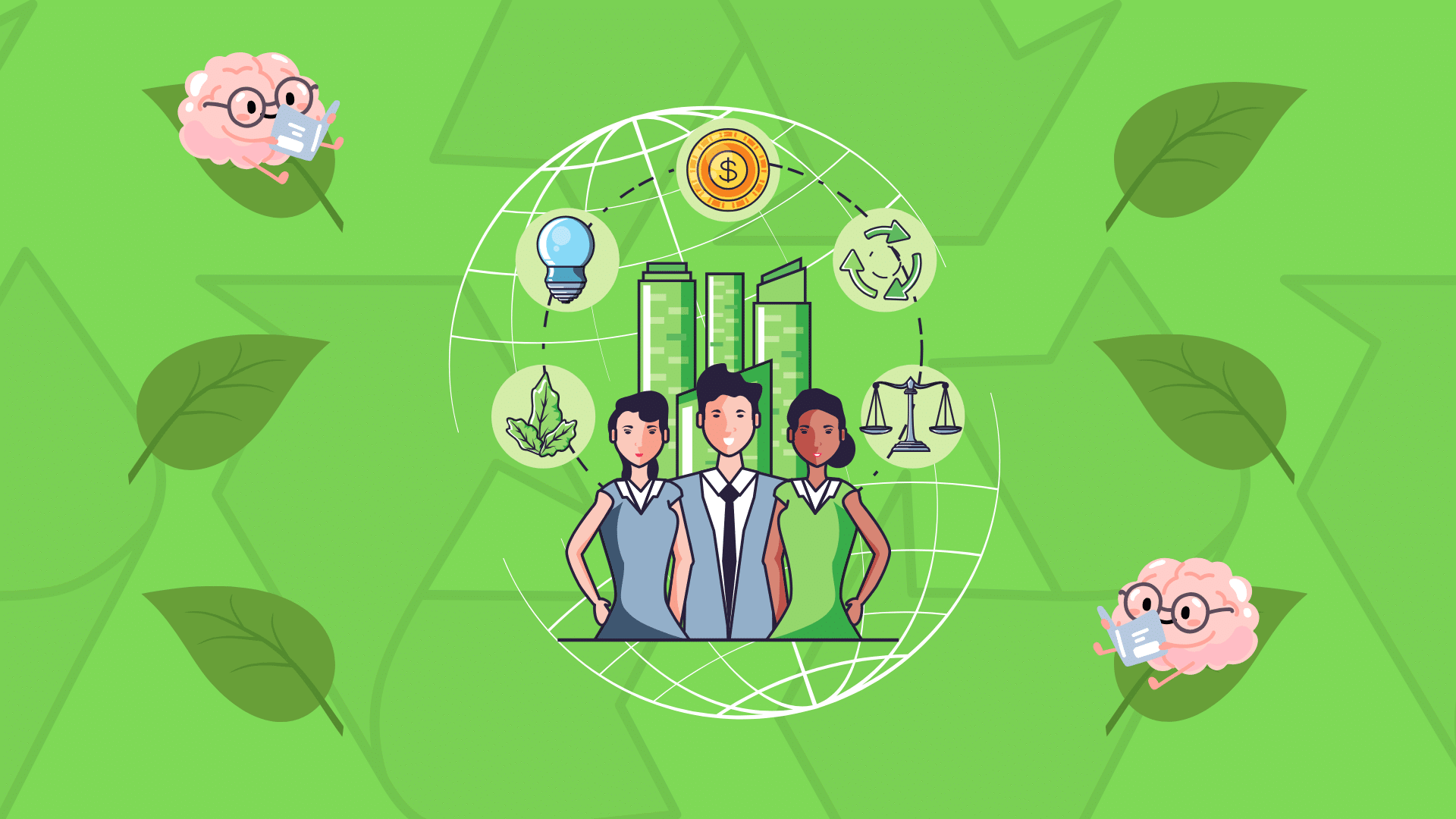Introduction
Sustainability isn’t just a trend—it’s essential. As environmental challenges grow, so does the need for education on these issues. Teaching people about sustainability is key to building a future where communities can thrive while caring for the planet. Environmental education helps people understand their impact and encourages choices that support a healthier ecosystem.
Animation can be a powerful way to reach people on this topic. It grabs attention and breaks down complex ideas, making it perfect for raising awareness about issues like the environment. Its flexibility lets it connect with people of all ages and backgrounds, delivering messages that might otherwise be hard to explain. Animated videos bring environmental topics to life, showing everything from the effects of climate change to the importance of biodiversity in vivid, memorable ways.
Using animation for environmental education creates chances to deepen understanding of sustainability. By blending visuals and storytelling, animation can inspire positive change and encourage people to act, helping move us all toward a more sustainable future.
The Role of Animation in Environmental Awareness
Animation is becoming a powerful way to boost environmental awareness by making complex topics easier to understand and engaging for all ages. With video set to make up 74% of all internet traffic soon, animated content focused on sustainability is reaching bigger audiences than ever, helping people quickly grasp important environmental information.

Using vivid storytelling, animation breaks down big issues like climate change, renewable energy, and biodiversity into relatable stories, making them easier to understand and remember.
The immersive nature of animation also helps bridge the gap between scientific ideas and real-life situations, allowing viewers to feel more connected to environmental challenges. By blending visual appeal with clear explanations, animation motivates people to think about sustainable practices, making it a great tool for raising awareness and encouraging action on pressing ecological issues. In this way, animation not only educates but also inspires people to join the global push for a more sustainable future.
Case Studies: Real-World Examples of Environmental Education Through Animation
2D Animation: Our animation for Asekol
A 2D animated video that we created for Asekol emphasizes the importance of proper electronic waste disposal. It introduces viewers to Asekol containers designed for recycling old electronics like phones, computers, and batteries. The animation uses engaging graphics and simple language to convey messages about the environmental impact of improper disposal. This video has been embraced by schools and community programs, effectively raising awareness about e-waste and promoting responsible recycling practices.
3D Animation: “The Power of Sustainability” by Henkel
The 3D animation “The Power of Sustainability” by Henkel immerses viewers in a rainforest ecosystem, showcasing the intricate balance of various species and their habitats. It emphasizes the significant impacts of deforestation while promoting the need for sustainable practices.
Whiteboard Animation: Educational and instructional film on the eko-PROFIT program
Our whiteboard animation for the eco-PROFIT Program illustrates the journey of electronic waste recycling and encourages community engagement. It explains how local organizations can organize collection drives for used electronics, highlighting both environmental benefits and financial incentives for participation.
Motion Graphics: ”sustainable life (save our planet) motion graphics animation”
The motion graphics video presents critical sustainability statistics using animated charts and infographics. It covers essential topics, including carbon footprint and what percentage of Energy is renewable, making complex data more accessible. This video is an effective example on how to enhance audience comprehension of sustainability metrics, leaving viewers with a greater urgency to tackle these pressing issues.
Benefits of Using Animation for Sustainability Education
Animation is a great tool for teaching about sustainability. It can capture the attention of all ages, especially younger viewers, because it’s visually appealing and makes complex ideas easier to understand.
Animation also helps people remember information better. By telling stories visually, it makes key ideas stick, which is important when educating about sustainability since understanding can lead to positive action.
Additionally, animation can show what might happen to the environment based on different choices. This makes it easier for people to see the real impact of their actions, helping them understand sustainability issues on a deeper level and encouraging them to make eco-friendly choices.
Best Practices for Making Effective Animations about Sustainability
Clear and Engaging Storytelling:
A strong story is key to any good animation. Stories that connect with people on an emotional level help keep them interested. By using relatable characters and situations, animators can explain big issues in ways that make them feel more personal and easier to understand.
Use Accurate Data:
Including real facts and data makes animations more trustworthy. Using clear visuals like infographics helps simplify complex information so people can understand the seriousness of environmental problems. This also encourages viewers to think critically and talk about sustainability.
Tailor Content to the Audience:
Matching the animation style to the age of the audience is important. Younger viewers benefit from simpler visuals and stories, while older viewers might want more details. Knowing who the audience is helps creators find the right mix of fun and learning.
Keep it Simple but Informative:
Simplifying complex ideas is helpful, but it’s also important to keep the main message accurate. Good animations break down big ideas without losing the important details. This approach helps viewers understand the basics while sparking their curiosity to learn more.
The Future of Animation in Environmental Education
The future of animation in teaching about the environment looks exciting, thanks to new technologies and fresh ideas. One big trend is using virtual reality (VR) and augmented reality (AR) to create interactive learning experiences. These tools let people explore environmental topics in a more hands-on way. For instance, VR can show ecosystems or changes in the environment, allowing users to “experience” climate impacts firsthand, which helps build understanding and empathy. This way, learners can safely explore real-world issues.
Another advancement is the use of artificial intelligence (AI) in animation. AI can make it easier to create interactive animations and customize them based on how users interact. This makes learning more effective because the animations can adjust to what the learner needs. AI can also track how engaged users are, giving feedback to educators so they can improve the content.
Animation will likely keep playing a big role in raising awareness and inspiring action on environmental issues. As schools and organizations embrace these new technologies, animated content will keep evolving to be even more personalized and engaging.
Conclusion
In short, animation is a powerful tool for teaching about sustainability. It makes complex ideas easier to understand and can engage people of all ages. Different animation styles—like 2D, 3D, whiteboard, and motion graphics—show how flexible animation can be for sharing important messages.
As technology advances, tools like VR and AR will open up even more ways for people to learn in a hands-on, immersive way. Creative professionals and educators play a big part in keeping sustainability in people’s minds.
At Explain Visually, we’re dedicated to creating animations that help organizations share their sustainability efforts clearly and effectively. With over 500 projects in 19 languages, we have the experience to deliver high-quality animations that meet our clients’ needs. If you’re interested in using animation to boost your sustainability education, don’t hesitate to contact us.


